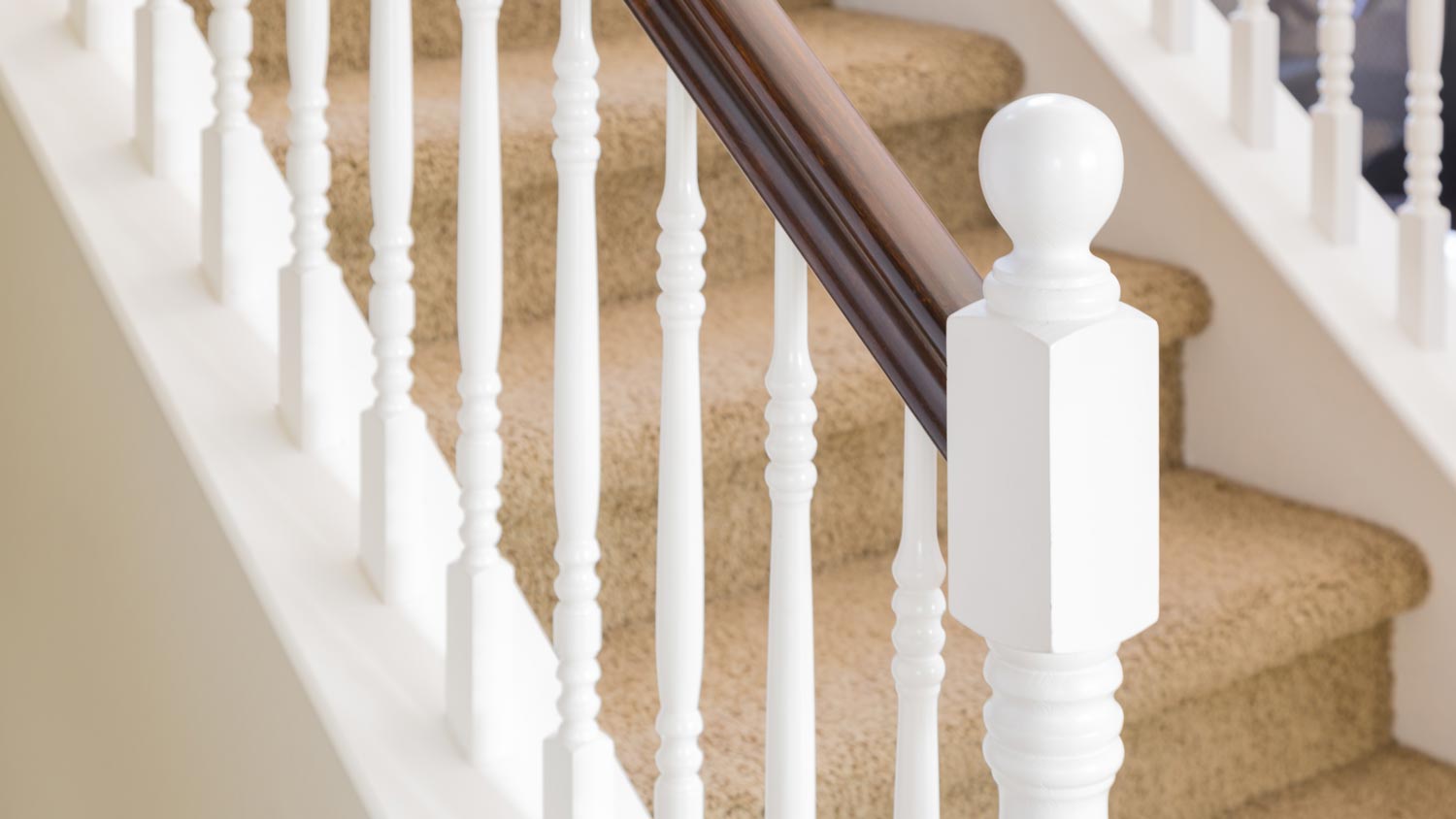
Get expert insights on stair railing repair cost, including average prices, cost factors, and tips to save money. Plan your stair railing repair project with confidence.
You’ll soon floor yourself with all your new knowledge
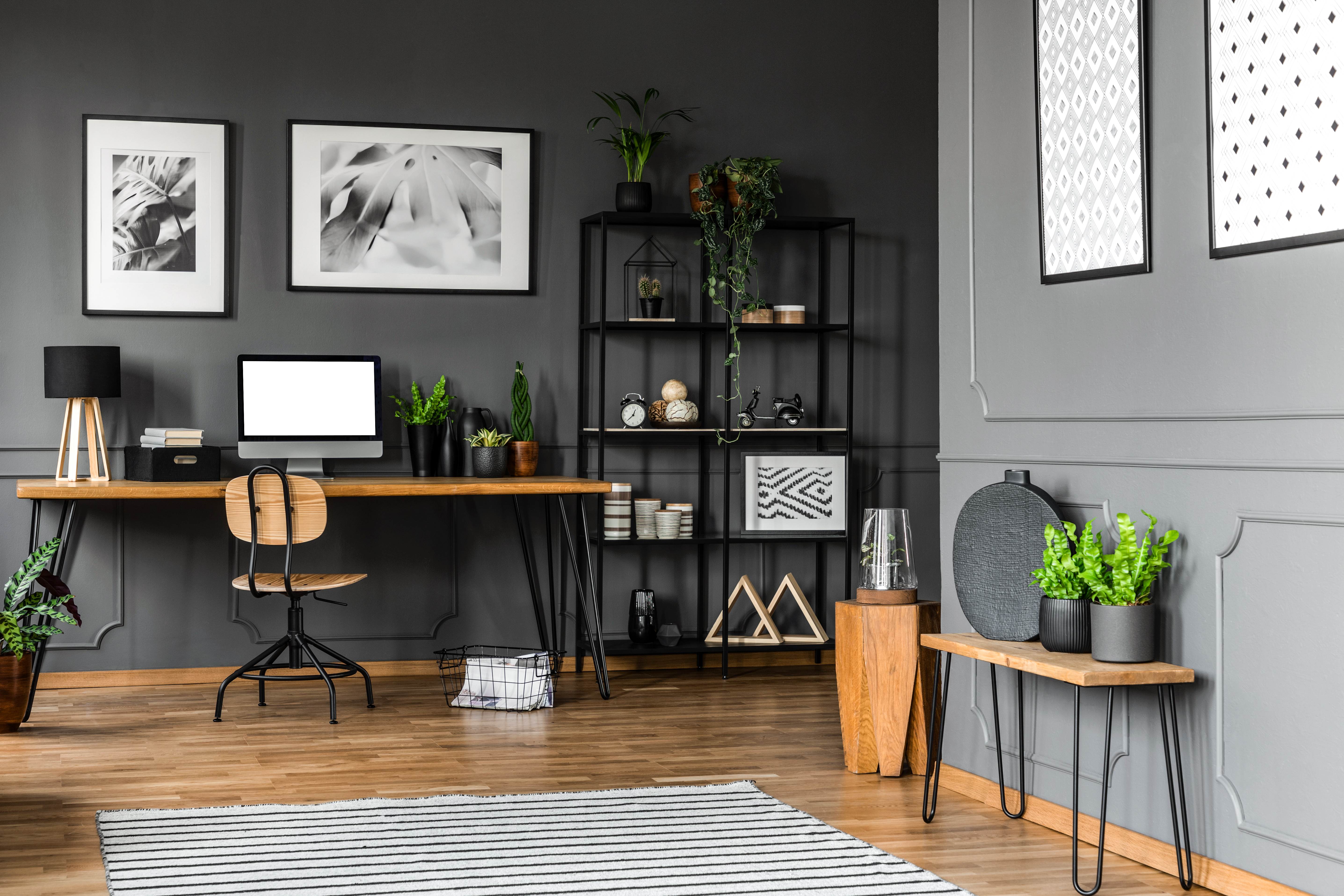

PVC is better for high-moisture rooms and homeowners on a budget.
Wood looks more unique and presents more options.
PVC requires little to no maintenance.
Both have equal resale value and investment return.
Homeowners looking to install baseboards should know the differences between PVC and wood. Wood offers a timeless and classic design, while PVC is better suited for high-moisture areas and for homeowners with tighter budgets. This guide breaks down the pros and cons of each, and tells you which one is best for your circumstances.
The only thing these two materials share is their purpose and installation method. PVC baseboards cost less than wood and are better suited for high-humidity spaces. Wood baseboards are more expensive but offer a timeless look that is more customizable. Which one you choose depends largely on your budget, the installation location, and your preferred aesthetic.

PVC, which stands for polyvinyl chloride, is a material commonly used in baseboards in moisture-prone areas like bathrooms. PVC is an inexpensive material to purchase at around $1 per linear foot. That being said, there are limited color options, and the material itself won’t work for every application.
| Pros | Cons |
|---|---|
| Waterproof | Lack of color options |
| Flexible | Can crack and expand |
| Inexpensive | Dents easily |
Best for:
Homeowners with modest budgets
Wet rooms like kitchens, bathrooms, laundry rooms, and garages
Outdoor areas like sunrooms
PVC baseboards are highly resistant to water, which makes them much better suited to moisture-prone rooms than wood, which can warp, expand, and mold when wet. PVC is also flexible, so installation is easier—especially around corners. The low price of PVC baseboards is also an attractive perk.
PVC baseboards can expand and crack when exposed to consistent sunlight and heat. Most of them come in white, so if you need to match a color, even off-whites, you need to paint them. PVC isn’t resistant to denting, and due to its white color, indentations cast a strong shadow and are very noticeable.
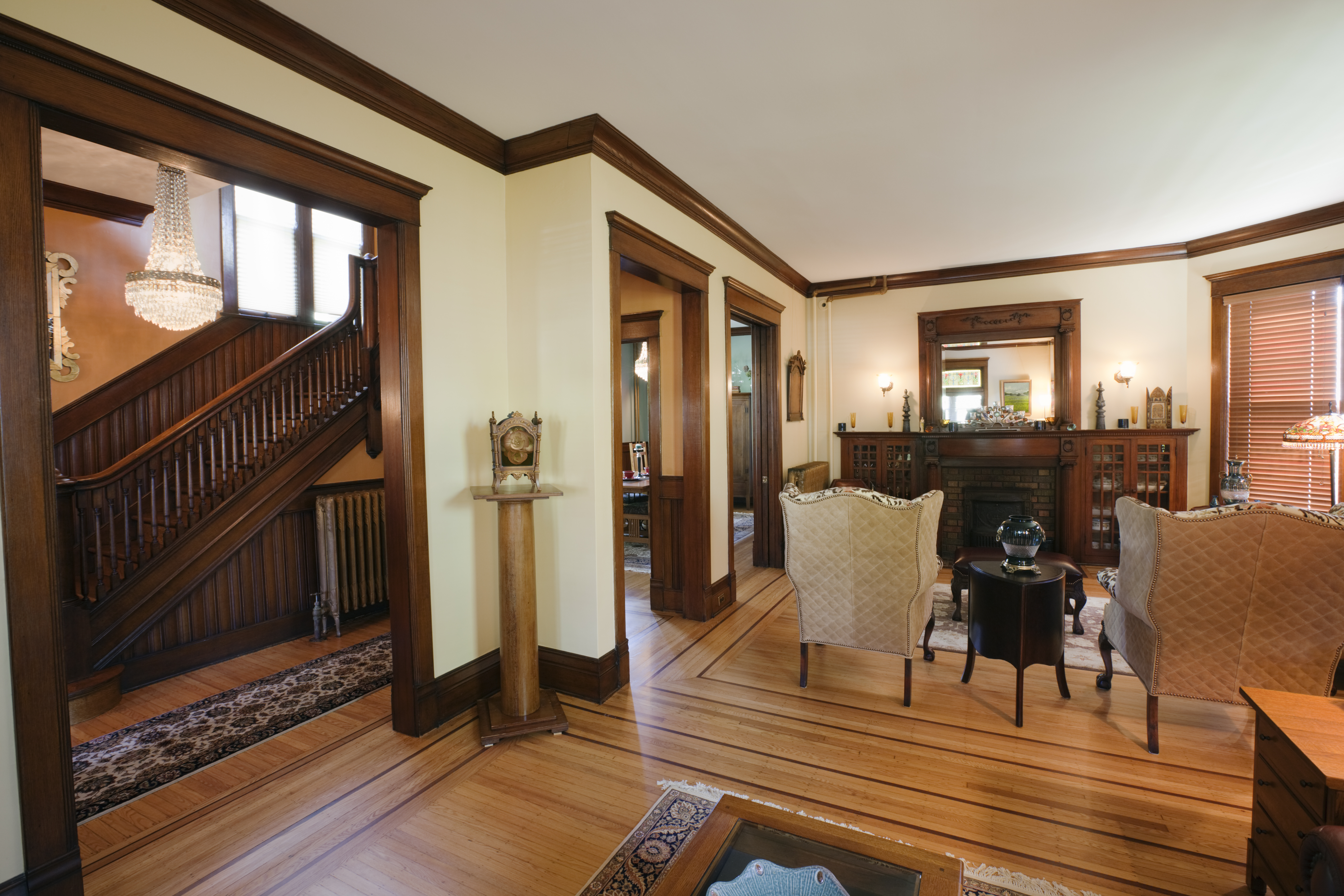
Wood baseboards are the classic choice and are most commonly seen in the most lived-in rooms of the house. Bedrooms, living rooms, hallways, and finished basements all commonly have wooden baseboards installed rather than PVC for a few reasons. Functionally, wooden baseboards tend to last longer than PVC and are harder against temperature swings and types of physical damage. Wood is more classic, versatile, and aesthetic.
| Pros | Cons |
|---|---|
| Long lifespan | Requires maintenance |
| Luxury look and feel | Chips easily |
| Can match a wooden floor | Rigid |
Best for:
Rooms that would benefit from an upgraded aesthetic.
Custom interiors.
Rooms with wooden floors.
Homeowners willing to spend more for a higher quality product.
Wood has many pros: it is long-lasting, durable, and elegant. Wooden baseboards especially benefit from these factors and can really enhance the aesthetic of a room if installed correctly. Being able to match wood to a wooden floor is a huge plus, as is the material's lasting many years if cared for correctly.
Wood chips easily, and since it’s often painted or stained, the underlying color will stick out like a sore thumb. Wood is sensitive to moisture in a way PVC isn’t, which is why you don’t see it in bathrooms very often unless they’re carpeted. Wood also requires periodic maintenance, and if you don’t check on it every once in a while, it can degrade due to water damage, mold, and dry rot. Wood baseboards also come at a higher price point.
Wood beats almost all materials in almost all applications. It’s classic, has a ton of range and individuality, and will likely be present in any home. In contrast, PVC can look industrial and cold, and even new homeowners can spot a difference in quality.
Wood can be easily painted, stained, or carved into essentially whatever design element you want. Add to that the fact that no two pieces of wood are the same, and you have an infinitely customizable material. You can paint PVC, but you can paint wood too. Wood simply is the superior choice if you want to customize your space.
Wood and PVC both are durable, but in different ways. Wood baseboards are much better at resisting dents and temperature swings than PVC, but PVC is the better material when anything with moisture enters the equation. Over time, which material is more durable depends on its application and how it’s treated over its lifespan. Talk to a local baseboard pro about any durability or maintenance concerns.
There’s no question PVC is the better choice for your wallet. Wood is a natural material and takes time to grow, harvest, treat, and process, whereas PVC can be created in mere hours. Depending on which type of wood is used, PVC can be ten, twenty, or thirty times less expensive.
PVC is easier to install because you tend to adhere it to the wall in a similar way as wood (using nails), but PVC is flexible, making it easier to fit corners and curves. Some PVC baseboards are available in pre-shaped corners, which can save a lot of time and headaches for DIYers.
Wood is easier to repair than PVC because you can sand it, refinish it, restain it, etc. PVC tends to be destroyed when damaged, as it’s very difficult and costly to repair. For most PVC damage, you're better off just replacing the damaged section of baseboard. PVC comes out ahead if you need to fix any water damage, simply because it doesn’t affect PVC.
Unless PVC starts pulling away from the wall—it shouldn’t—it won’t require any maintenance. This gives it a huge step up over wood, which can require refinishing, sanding, or sealing. Cleaning PVC involves just wiping it with a cloth, and you don’t need to worry about splinters or chipping the material.
Assuming both materials are treated well, wood should last longer than PVC. PVC tends to become brittle over time and can crack. It’s also hard to keep it in good condition for as long because anything other than a super minor repair requires replacing the piece.
Wood is a more eco-friendly option than PVC, which is plastic-based and therefore uses materials that aren’t friendly to the planet. Wood is biodegradable, renewable, and has a much smaller carbon footprint. In general, any material (like PVC) that uses fossil fuels in its construction won’t be at the top of any sustainability lists.
Return on investment (ROI) depends mostly on how well the baseboard was cared for, how long ago it was installed, and if it was installed correctly. Assuming everything was completed well, both PVC and wooden baseboards offer a similar ROI. However, neither baseboard material will increase the value of your home.
From average costs to expert advice, get all the answers you need to get your job done.

Get expert insights on stair railing repair cost, including average prices, cost factors, and tips to save money. Plan your stair railing repair project with confidence.
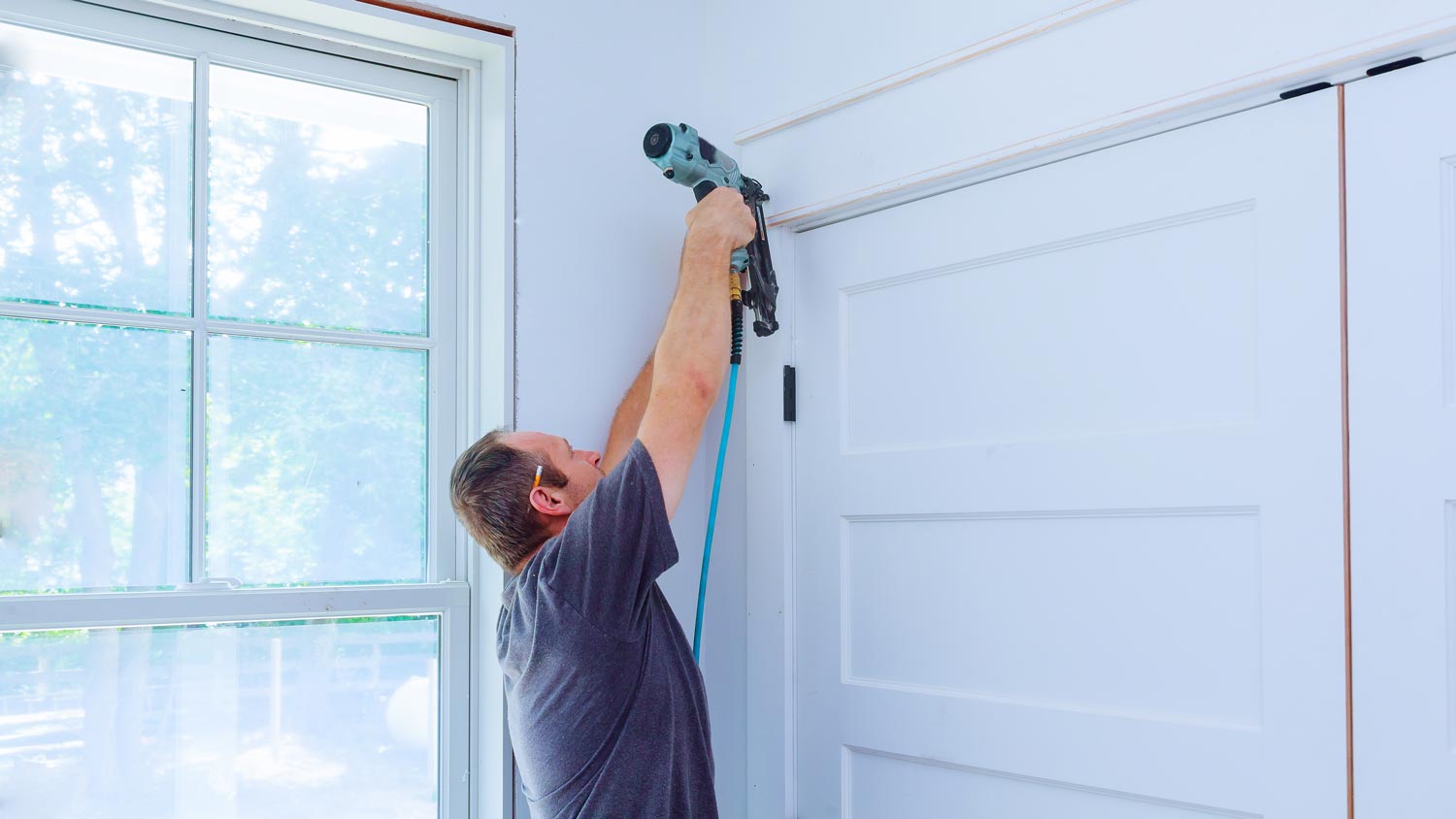
Discover the cost of widening a doorway, including average prices, key cost factors, and tips to help you budget for your project.

The cost to install wainscoting depends on labor, materials, and square footage. This guide will help you budget for your next project.
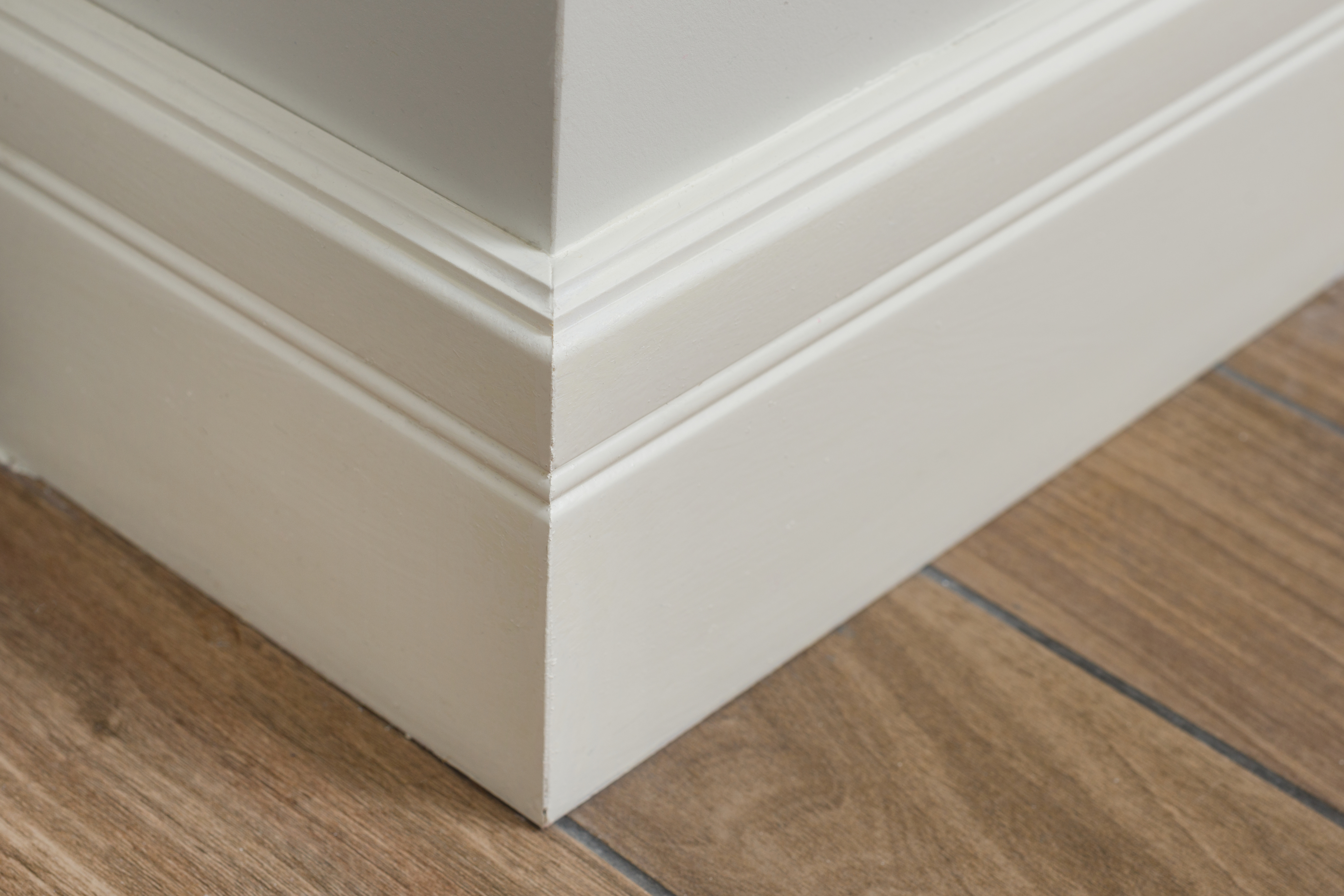
Learning how to cut baseboards for perfect corners in a DIY project requires precise measurements of the wall angles and a little math.
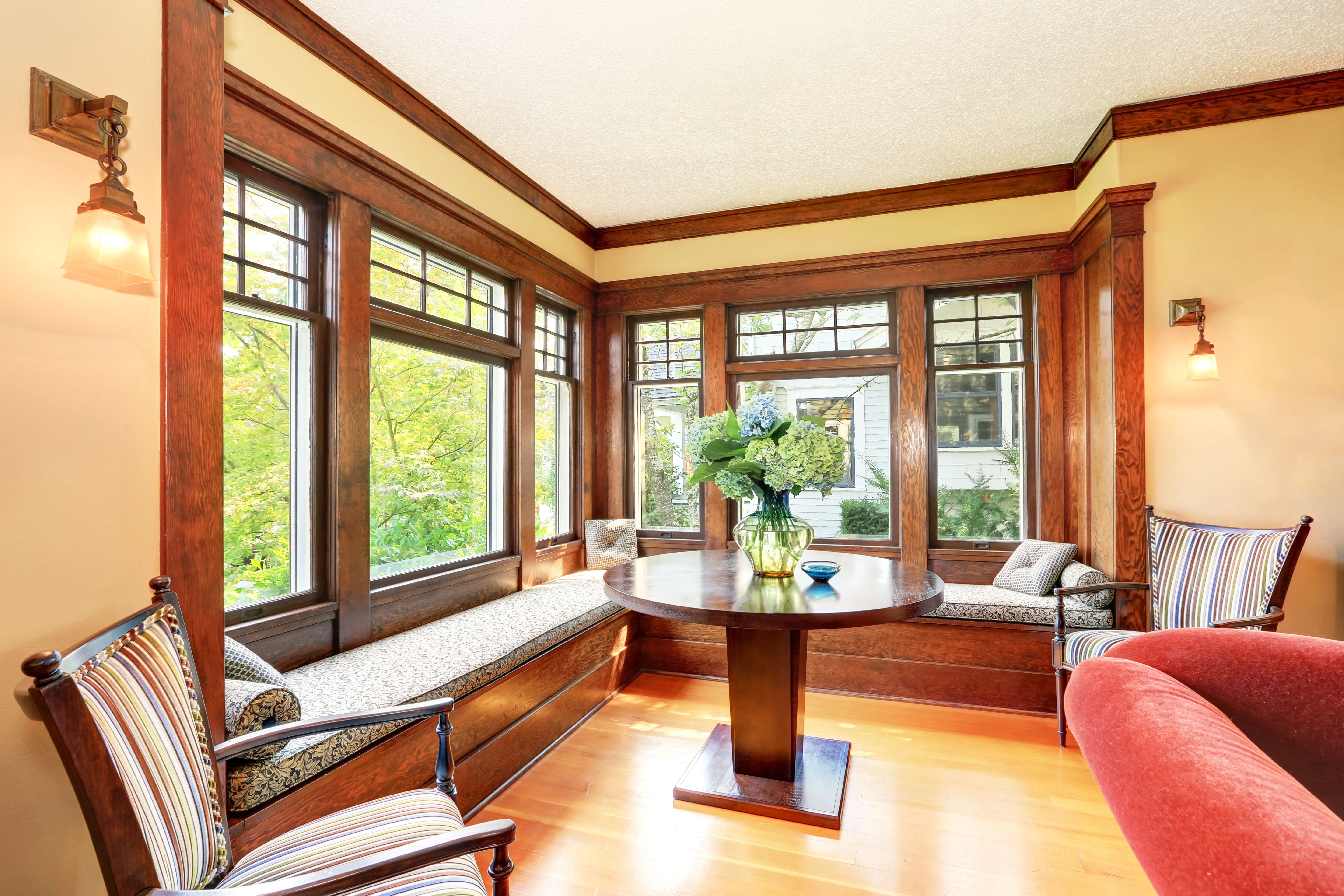
When you want maximum durability, consider selecting between PVC crown molding versus wood. PVC is moisture resistant, while wood gives you a vintage design.

Learn how to choose crown molding that complements your home's style, fits your budget, and adds value with these expert tips for selecting the perfect trim.